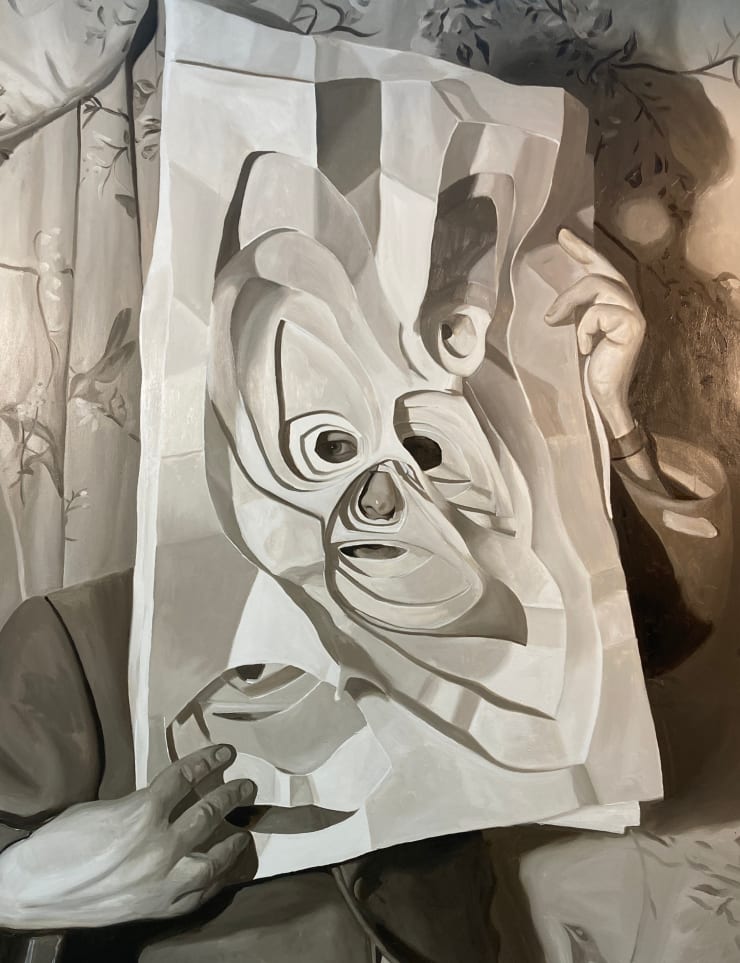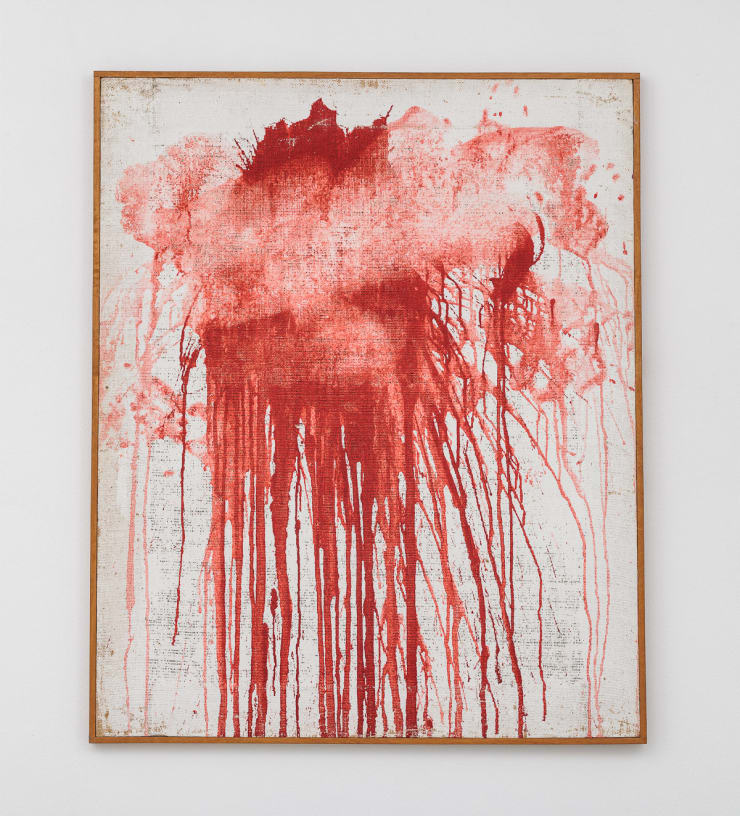Weltgeist: Curated by Bjorn Stern
Curated by Bjorn Stern for Galerie Kandlhofer, the exhibition “Weltgeist” opening on January 18 will aim to explore the power of humanism and how it has equipped itself through history to fathom the enormity of not knowing the fundamentals of its own existence, which has caused ideologies, governmental systems, religiosity and other belief systems to function in its ersatz. Stern has included seven international artists whose respective practices illuminate the subject. Janine Antoni - USA, Reza Aramesh - IRAN/U.K., Arvida Byström - SWEDEN, Alejandro Jodorowsky - CHILE/FRANCE, Hermann Nitsch, AUSTRIA, John Robinson, U.K. and Penny Slinger - USA.
The exhibition is loosely based on the principles of Hegel’s views on the Weltgeist (World spirit), not as an actual object or an all-encompassing, all-present God figure, but as a secular means to better understand and to philosophise about history.
Bjorn Stern has long been fascinated about the idea of connectedness that appear between humans that at times reside outside of language, which may be akin to a spiritual experience. In Stern’s view it is the connectedness in itself that provide this elevated state of humanity rather than the classic subscription to “the other”, which can predictably be found in religiosity, mysticism and the occult or more recent methodologies towards an exalted state such as conventional drug consumption.
Stern is a London based art dealer and collector, who has curated a number of thematic exhibitions in the past three decades on subjects as varied as the history of dreams in art through five millennia, the art of the first Italian republic, how artists respond to the history of competitive sports and in the late 90’s Stern curated the “In-Significant’s” exhibition in Malmoe, Sweden, which predicted post-internet art by over a decade. More recently he has taken an interest in the digital abject in art and its’ effect on real life situations.
-
 Arvida ByströmCoexist, 2022Photgraphic print30 x 40 cm
Arvida ByströmCoexist, 2022Photgraphic print30 x 40 cm -
 John RobinsonWasp, 2022Oil on Canvas146 x 114 cm
John RobinsonWasp, 2022Oil on Canvas146 x 114 cm
57 1/2 x 44 7/8 in -
 Janine AntoniI Conjure up , 2019Mixed media gilded with 24 karat gold leaf14 1/8 x 16 1/4 x 1 1/8 inches
Janine AntoniI Conjure up , 2019Mixed media gilded with 24 karat gold leaf14 1/8 x 16 1/4 x 1 1/8 inches
35.9 x 41.3 x 2.9 cm -
 Reza ArameshStudy of the Head as a Cultural Artefacts Action 164, 2016Hand Carved, polished Carrara Marble45 x 25 x 25
Reza ArameshStudy of the Head as a Cultural Artefacts Action 164, 2016Hand Carved, polished Carrara Marble45 x 25 x 25 -
 Hermann NitschFaltplan Jahn Mappe I überschüttet8-teilig, Alugraphie in schwarz auf 4 Blätter 99x77 cm und 4 Blätter 140x77cm auf Landkartenstoff kaschiert211 x 314 cm
Hermann NitschFaltplan Jahn Mappe I überschüttet8-teilig, Alugraphie in schwarz auf 4 Blätter 99x77 cm und 4 Blätter 140x77cm auf Landkartenstoff kaschiert211 x 314 cm
83 1/8 x 123 5/8 inAuflage 35 + 5 EA(Edition record) -
 Hermann Nitsch, Schüttbild, 1987
Hermann Nitsch, Schüttbild, 1987 -
 Hermann NitschSchüttbild, 2009Acryl auf Leinwand mit Malhemd200 x 300 cm
Hermann NitschSchüttbild, 2009Acryl auf Leinwand mit Malhemd200 x 300 cm
78 3/4 x 118 1/8 in
-
 Installation view II: Weltgeist, 2023
Installation view II: Weltgeist, 2023 -
 Installation view I: Weltgeist, 2023
Installation view I: Weltgeist, 2023 -
 Installation view: Weltgeist - curated by Bjorn Stern, 2022
Installation view: Weltgeist - curated by Bjorn Stern, 2022 -
 Installation view: Weltgeist - curated by Bjorn Stern, 2022
Installation view: Weltgeist - curated by Bjorn Stern, 2022 -
 Installation view: Weltgeist - curated by Bjorn Stern, 2022
Installation view: Weltgeist - curated by Bjorn Stern, 2022 -
 Installation view: Weltgeist - curated by Bjorn Stern, 2022
Installation view: Weltgeist - curated by Bjorn Stern, 2022 -
 Installation view: Weltgeist - curated by Bjorn Stern, 2022
Installation view: Weltgeist - curated by Bjorn Stern, 2022 -
 Installation view: Weltgeist - curated by Bjorn Stern, 2022
Installation view: Weltgeist - curated by Bjorn Stern, 2022 -
 Installation view: Weltgeist - curated by Bjorn Stern, 2022
Installation view: Weltgeist - curated by Bjorn Stern, 2022
















